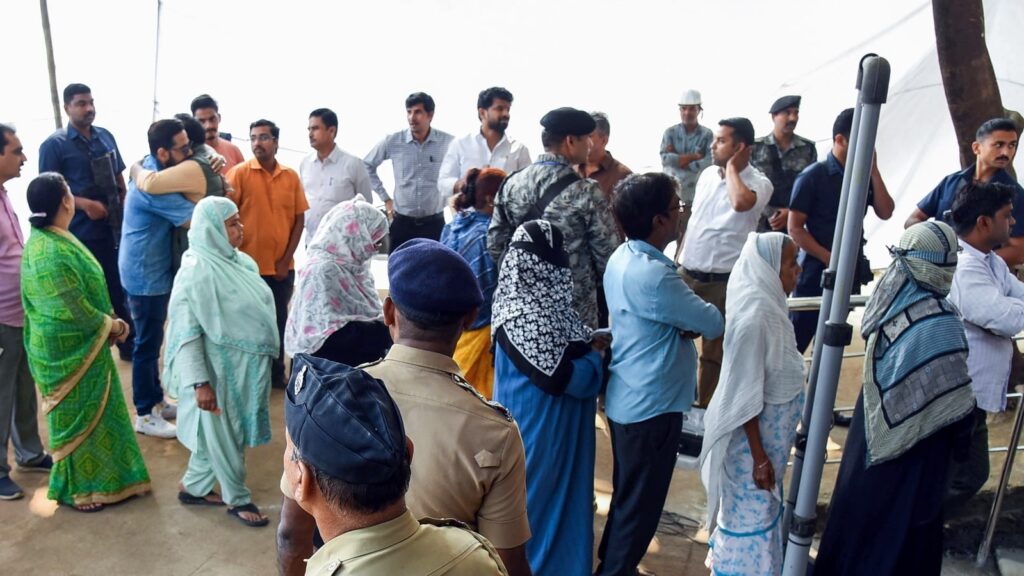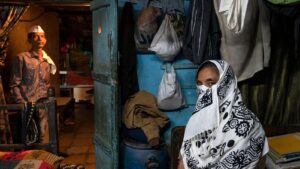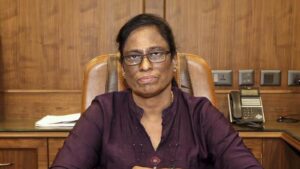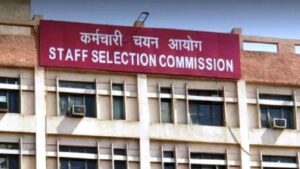Maharashtra polls: Increase in voter turnout fuels hope in Mahayuti, MVA | Mumbai news

MUMBAI: An impressive voter turnout across the state in the assembly elections, marked by a rise by around 4.5% over 2019 (66.05% this year against 61.44% five years ago) has fuelled optimism among leaders of both the ruling Mahayuti and opposition Maha Vikas Aghadi (MVA) that the results will swing in their favour.

While the ruling combine is placing its bets on pro-incumbency, success of the Ladki Bahin Yojana and other welfare projects launched ahead of the polls, opposition leaders feel anti-incumbency and farmers’ distress will have steered voters away from Mahayuti candidates in the fray. Some leaders from the opposition parties also told HT that the strengthening tussle between Marathas and OBCs, after the Lok Sabha polls, in parts of Maharashtra will work in their favour.
On Wednesday, the turnout in the 288 constituencies was the highest in the last six elections held since 1999. Before that, in 1995, the voter turnout was 71.69%.
In many constituencies, female voters outnumbered their male counterparts, albeit marginally – for instance, in Amgaon, Gondia district, 72.46% women voted against 72.39% men; in Guhagar, Ratnagiri, 62.4% women cast their votes against 61.11% men; in Panvel, Raigad, the male-female ratio was 58.21% to 59.13%. The gap in the percentage of voting by men and women also narrowed in other constituencies, compared to previous elections.
Experts and leaders of the ruling combine are linking this shift to the popularity of the Ladki Bahin scheme. Deputy chief minister Devendra Fadnavis said on Thursday, “The rise in the turnout appears to be ‘pro-incumbency’ in our favour as the people in the state are happy with us. One cannot overlook the popularity of our Ladki Bahin Yojna. The percentage of women turning up to vote has increased. Whenever the overall percentage goes up, BJP and its allies benefit. It’s been a proven track record.”
Leaders in the opposition MVA however insist “anti-incumbency will go against Mahayuti”. “It was witnessed in 1995. Besides, complete figures of female voters have not been declared yet to establish more women voted,” said Maharashtra Congress general secretary Sachin Sawant.
The Election Commission of India (ECI) officials have attributed the rise in the turnout to a cut-throat fight between the two alliances, as also rebellion within the alliances. “Voting in assembly polls take place based on personal relations. Many voters were driven to the polling booths as six major parties were in the fray, with multiple aspirants,” said a senior ECI official. “It also helped that the voting process was streamlined and many booths and supporting facilities were created to encourage people to vote.”
Some also attributed the rise in the number to polarisation of voters in the name of religion and caste. “BJP undertook a drive to polarise Hindu voters, in response to polarisation of Muslim votes in Lok Sabha elections. If this works, it will benefit the ruling alliance,” said Nanded-based political analyst Shantanu Doifode.




